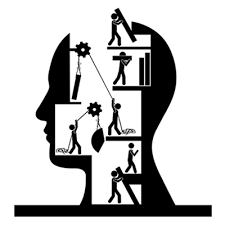Psychoanalysis is one of the most influential theories in psychology. This article will be an introduction to psychoanalysis, what it means, and how it has changed over time. We’ll touch on some of the critiques that have been made against psychoanalysis as well as who Freud was and his thoughts about dreams. The end goal is to provide a sense of how this theory has influenced therapy today.
Contents
- 1 What Is Psychoanalysis?
- 2 Some Core Concepts Of Psychoanalysis
- 3 Important Concepts
- 4 Defense Mechanisms
- 5 Freud’s Conception Of Dreams
- 6 The Relationship Between Psychoanalysis And Psychiatry
- 7 Critiques Of Psychoanalysis
- 8 The Role Of Psychoanalysis In Therapy
- 9 The Process For Becoming A Psychoanalyst
- 10 Psychoanalysis In Practice
- 11 Frequently Asked Questions
- 12 Conclusion
What Is Psychoanalysis?
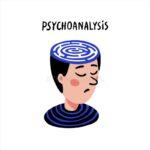
The term psychoanalysis was first coined by Freud in 1896 and is derived from the Greek words “psyche” meaning soul or mind and “analysis” meaning to untangle or unravel. Psychoanalysis is a theory that attempts to explore the unconscious mind. The goal of psychoanalysis is to help people understand their thoughts, feelings, and behaviors by exploring the unconscious mind.
Who Was Freud?
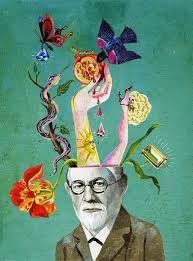
Freud was a neurologist who first started exploring the unconscious mind in the 1890s. He is considered the founder of psychoanalysis. Freud’s thoughts about dreams are also widely studied and discussed. Dreams were a big interest of Freud’s and he believed they were the key to understanding our unconscious mind.
Freud thought that dreams served as a form of wish fulfillment. They represented what we wanted but couldn’t have in real life, so they manifested themselves through symbols in our dreams. Freud also thought there was no such thing as luck or coincidence; everything meant something if you took the time to analyze it.
Some Core Concepts Of Psychoanalysis
The Theory Of Psychoanalysis
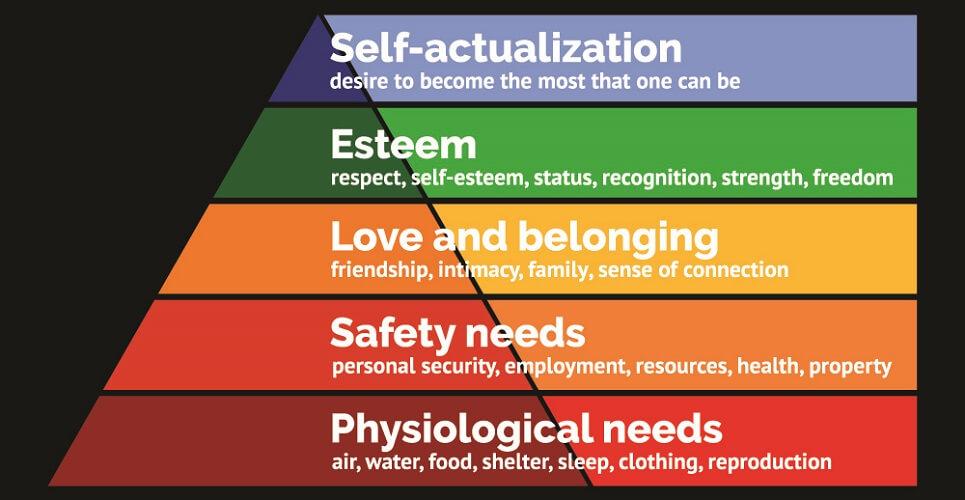
Freud believed that personality developed through a series of stages. He thought the five major developments were: oral, anal, phallic (or Oedipal), latency, and genital stage.
The Oral Stage: This occurs between birth and age one or two years old and is all about feeding and nurturing ourselves.
The Anal Stage: Occurs between age two to four years old. During this stage of development, the child’s primary focus is controlling bodily functions and establishing a sense of right or wrong.
The Phallic Stage: Occurs between ages three to six, where children learn about their bodies and sex through exploration with other people (usually parents). The Latency Stage: Occurs between age six and puberty. This stage is all about the child’s developing sexual orientation.
The Genital Stage: Begins at puberty and continues into adulthood. This stage is when we learn to become emotionally intimate with others in a healthy way.
The Fundamentals Of Psychoanalysis
There are three fundamental concepts in psychoanalysis: the id, the superego, and the ego.
- The id is a part of the unconscious mind that is made up of instincts and desires. The id is primitive and seeks immediate gratification.
- The superego is also part of the unconscious mind and it represents our conscience. The superego is the part of us that tells us right from wrong.
- The ego is the conscious mind and it mediates between the id and the superego. The ego tries to satisfy the id’s desires safely and appropriately.
The Principles Of Contemporary Psychoanalysis
There are a few key principles that guide contemporary psychoanalysis. These include:
- The importance of the relationship between therapist and client,
- Understanding the unconscious mind, and
- Using free association to help understand dreams and symptoms.
Important Concepts

What Is The Unconscious Mind?
At its core, psychoanalysis is about understanding how our minds work and more specifically what happens when we are not aware of it. The idea is that some thoughts, feelings, memories, experiences get pushed deep down into our consciousness. Because sometimes they are too painful or traumatic to deal with consciously. This is called the unconscious mind.
What Is Transference?
Transference occurs when we transfer feelings from one person to another. For example, we may have intense feelings for our parents that we then project onto our romantic partners. This can be a difficult thing to overcome in therapy because it’s often not clear who we are really mad at or why.
What Is Countertransference?
Countertransference is when the therapist transfers feelings onto a client. For example, if you had an abusive childhood and then became a therapist that works with people who have been abused, it’s likely at some point you might become angry with your clients because of your own past experiences. This can be another obstacle in therapy.
Defense Mechanisms
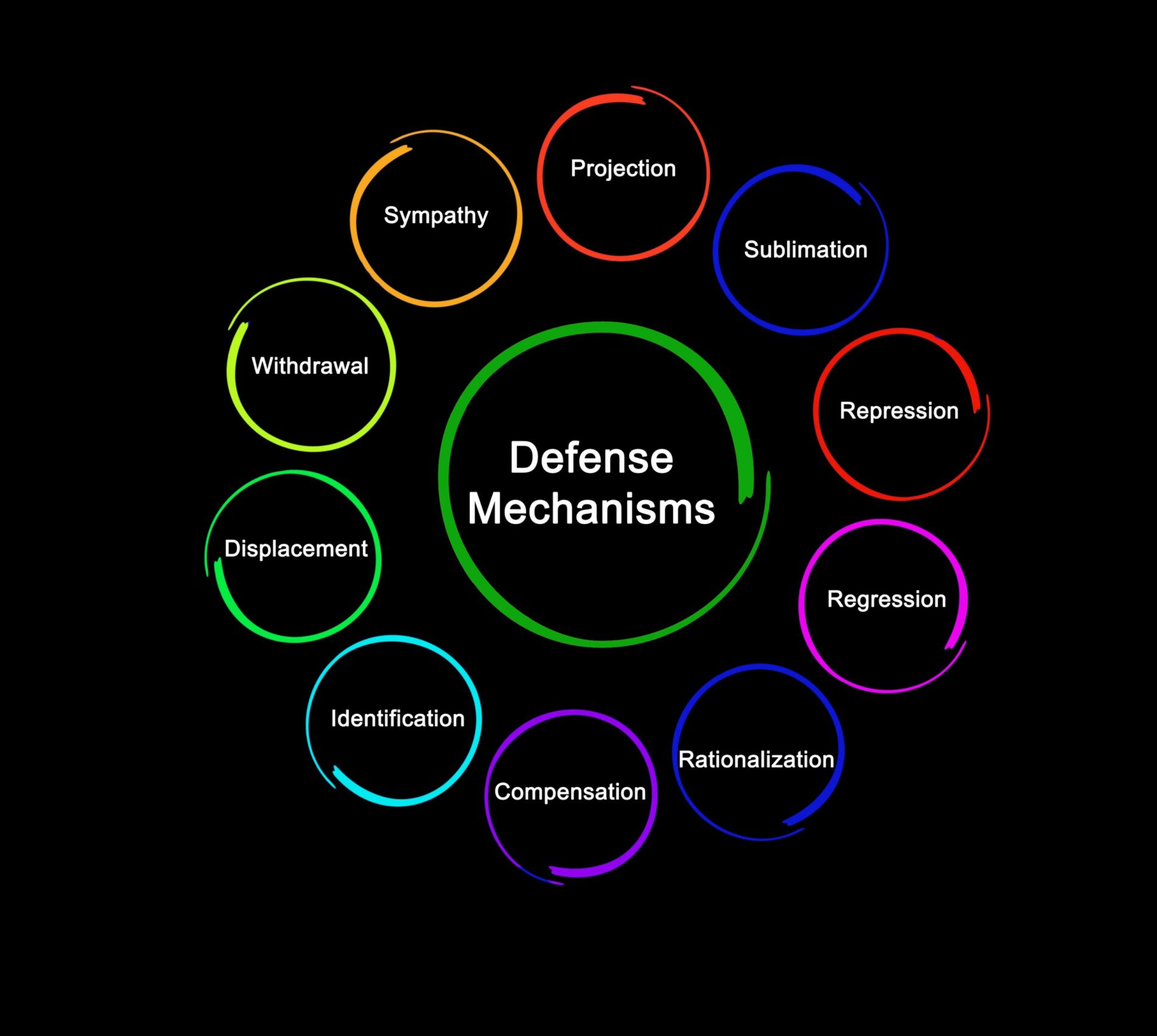
One of the ways we protect ourselves from these unconscious thoughts and feelings is through defense mechanisms. Defense mechanisms are unconscious coping strategies that we use to minimize anxiety or pain. There are a variety of different defense mechanisms but some common ones include repression, denial, projection, and displacement.
Repression
Repression is when we push thoughts and memories out of our conscious minds. We might do this because they are too painful or traumatic to deal with consciously. This can be a difficult thing to overcome in therapy because these repressed thoughts and memories often influence our behavior without us realizing it.
Denial
Denial is when we refuse to believe that something is true. For example, someone might deny that they have a problem with drugs or alcohol even though it’s clear to everyone else that they do. This can be an obstacle in therapy because the therapist needs to be able to help the client face reality if they want to make progress.
Projection
It is when we project our feelings onto someone else. For example, if you have intense feelings of anger but are uncomfortable with them, you might accuse the other person of being angry instead. For example, you may think your partner is always angry with you but in reality, they may just be having a bad day.
Displacement
Displacement is similar to projection but it’s transferring a feeling from one situation to another that doesn’t seem connected at all. In some cases, this can be a positive thing. If someone is angry at their boss but they can’t do anything about it, they might take that anger out on a loved one instead and be more productive with work.
However, displacement can also lead to negative behaviors like abusing animals or lashing out physically in other situations when we cannot express our feelings appropriately toward the person we are really mad at.
Freud’s Conception Of Dreams

Another important concept in psychoanalysis is dreams because it was believed that the unconscious could be accessed through our dreams and dream analysis. To understand what a dream means, you have to look for symbols within it as well as pay attention to the feelings associated with it.
Why Are Dreams So Difficult To Remember?
Dreams are difficult to remember because they occur during the rapid eye movement (REM) stage of sleep and we cannot be aware of our surroundings while we dream. We also tend to forget them immediately upon waking up unless we write them down or talk about them with someone else right away.
The Relationship Between Psychoanalysis And Psychiatry
Psychoanalysis is often confused with psychiatry, but they are two different disciplines. Psychiatry is based on the belief that all mental health problems are caused by chemical imbalances in the brain.
How Psychoanalysis Influenced Psychiatry?
Psychoanalysis has had a huge influence on psychiatry. The founder of modern psychiatry, Sigmund Freud, was a psychoanalyst. It was the first time that mental health issues were recognized as being real and not just a result of demonic possession or other religious explanations.
Freud’s work also helped to legitimize talking about feelings as a way of solving problems. He believed that mental illness could be treated through psychoanalysis and he developed many of the concepts that are still used in psychiatry today.
How Has The Prominence Of Psychoanalysis Changed Over Time?
The prominence of psychoanalysis has fluctuated greatly during its history. It became very popular in America and elsewhere between 1910-1940. But it fell out of favor due to a lack of scientific evidence and has been replaced by cognitive-behavioral therapy and other approaches.
Now, it is seeing a resurgence in popularity with more research happening and new approaches coming into the discipline. However, it remains an important part of psychology and that’s why still many therapists practice it today. Many therapists still used elements like dream interpretation.
How Psychoanalysis Is Practiced Today?
Today, psychoanalysis is most often used in conjunction with other forms of therapy. It’s rarely used as a stand-alone treatment option anymore. Since more empirically-based treatments seem to be more effective (such as cognitive behavioral therapy). Psychoanalysis generally takes longer than these other treatments, so it’s not often a choice in a short-term treatment model.
NOTE: Despite its declining popularity, psychoanalysis is still seen as an important therapeutic modality by many mental health professionals. It can be especially helpful for patients who have difficulty expressing their thoughts and feelings verbally.
Critiques Of Psychoanalysis
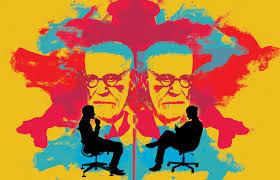
Freud’s theory of psychoanalysis has its share of criticism for several reasons.
- One critique is that it’s based on very little empirical evidence, that there is an excessive focus on early childhood experiences.
- Another critique is that Freud tended to pathologize normal behaviors and make them seem abnormal.
- Some critics claim that it’s too expensive and time-consuming.
NOTE: Another big critique of psychoanalysis is the idea of free association. Here, the therapist encourages patients to say whatever comes to mind, no matter how taboo or embarrassing it may be. Critics argue that this can be very damaging to patients and can cause them to relive traumatic memories.
The Role Of Psychoanalysis In Therapy

How Psychoanalysis Has Influenced Therapy?
Psychoanalysis has influenced many different types of therapy to some extent. In the past, psychoanalysis was a lengthy process that lasted for years and it wasn’t always accessible because therapists tended to have high rates.
However, in recent decades there has been an increased emphasis on short-term therapies like cognitive behavioral therapy (CBT) which focuses more on solving current problems and less on exploring childhood experiences.
What Is Psychoanalytic Therapy?
Psychoanalytic therapy is a type of therapy that was developed by Sigmund Freud and his colleagues. It’s based on the idea that our thoughts, feelings, and behaviors are influenced by unconscious motives such as memories from childhood or things we have experienced in previous relationships.
What Is Neuropsychoanalysis?
Neuropsychoanalysis is a branch of psychoanalysis that combines neuroscience and psychoanalysis. It’s based on the idea that if we want to understand what happens in our brains when we experience certain thoughts or emotions, it helps to look at people who are experiencing them for real (in this case) instead of doing experiments with rats.
The Process For Becoming A Psychoanalyst

It’s a long process to become a psychoanalyst. First, you need to complete an undergraduate degree in psychology. Then you need to complete a graduate program in psychoanalysis and spend at least three years working as a therapist. You also need to be in therapy yourself, which can take years.
What Is A Psychoanalyst?
A psychoanalyst is someone who has undergone extensive training to become a therapist using psychoanalysis as their primary approach. They usually have an advanced degree like a Ph.D. or MD, and they may work for a psychiatric hospital or in private practice. A psychoanalyst believes that our thoughts and feelings bear an influence by unconscious motives. They usually take a more holistic approach to therapy, which means they focus on the whole person rather than just their symptoms.
What Are The Benefits Of Psychoanalysis?
The biggest benefit of psychoanalysis is that it’s a long-term treatment approach, so people who are willing to commit to this type of therapy often see lasting changes in their lives.
What Is The Relationship Between Patient And Therapist?
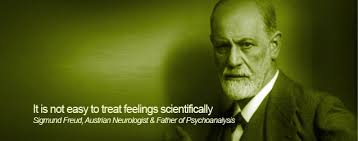
The relationship between patient and therapist is a key factor in psychoanalysis. The therapist should be empathetic and supportive, but also able to challenge the patient when necessary. The goal is for the patient to eventually become self-sufficient so they can apply what they’ve learned in therapy to their own life.
NOTE: The patient and analyst have a unique relationship that is based on trust, respect, and mutual understanding. The analyst must be willing to give their undivided attention to the patient to facilitate change and help them explore their innermost thoughts and feelings.
What Happens In A Typical Session?
In a typical session, the therapist will ask the patient to talk about whatever is on their mind. The therapist will then help the patient explore their thoughts and feelings in more depth. People know this process as a free association.
What’s The Process For Becoming A Psychoanalyst?
The process for becoming a psychoanalyst is rigorous and takes many years to complete.
- Trainees must first complete an undergraduate or graduate degree in psychology.
- They then undergo four-year training analysis with an approved analyst, followed by two years of supervised analysis.
- Only then can they become eligible for membership in the International Psychoanalytical Association.
NOTE: The process of becoming a psychoanalyst may vary depending on the institution or organization you choose to train with. So, always consult their website for more information.
Psychoanalysis In Practice
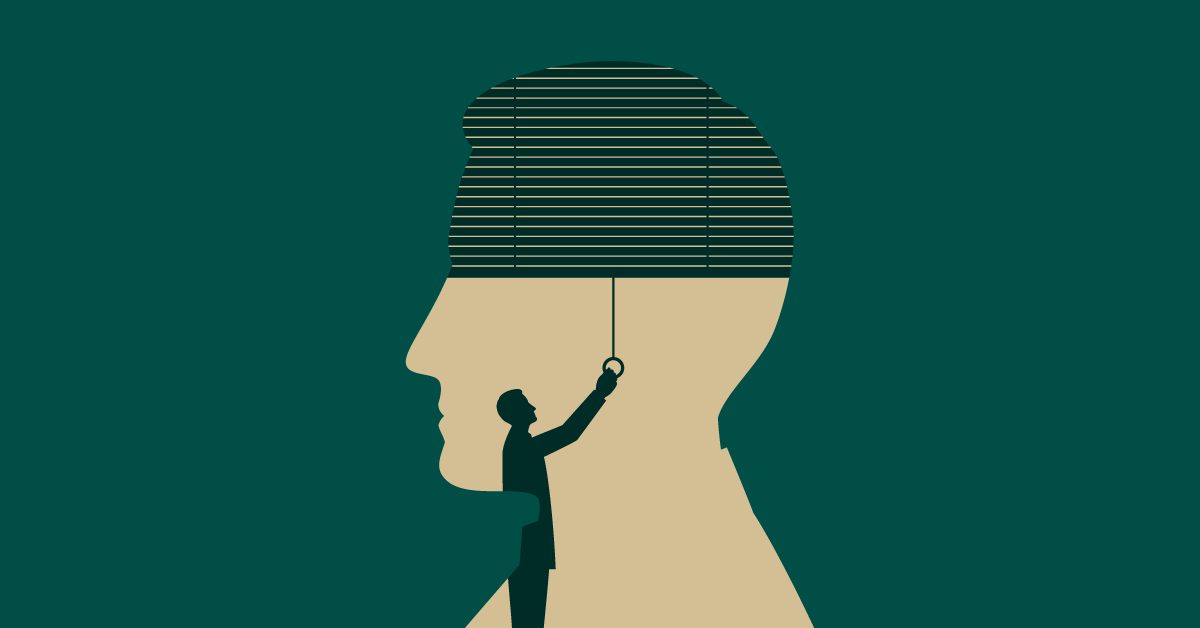
Is psychoanalysis right for me?
Psychoanalysis may not turn out to be the definitive explanation of human psychology. But it has made a lasting impact and will continue to influence future work in mental health care for years to come. It requires time, patience, and dedication from both therapist and client, but it can be an extremely rewarding experience. However:
- The first step in determining if psychoanalysis is right for you is to consult with a therapist and ask them about their experience with this approach.
- If you decide that psychoanalysis is something you want to explore, the therapist will likely refer you to a training analyst who can help guide you through the process of becoming a psychoanalyst.
NOTE: There is no one right answer to this question – only each individual’s subjective experience can tell them whether or not psychoanalysis is right for them. However, the principles of contemporary psychoanalysis provide a strong foundation for understanding oneself and improving mental health.
How Does Psychoanalysis Address Resistance To Change?
Psychoanalysis helps to address resistance to change by exploring the unconscious reasons why people might be holding on to certain behaviors or patterns. It can help you gain insight into how your past experiences have shaped who you are today and provide a better understanding of how these events continue to affect you in the present.
Frequently Asked Questions
The following are some of the most common questions people have about psychoanalysis:
What is psychoanalysis?
Psychoanalysis is a type of psychotherapy that aims to help people understand the unconscious factors that influence their thoughts and behavior. It was developed by Sigmund Freud in the early 20th century and remains an important part of psychology today.
How does psychoanalysis work?
Psychoanalysis helps people explore the unconscious reasons why they might be holding on to certain behaviors or patterns. It can help you gain insight into how your past experiences have shaped who you are today. It provides a better understanding of how these events continue to affect you in the present.
How long does an analysis last?
The length of your analysis depends on what you want to achieve from treatment. It may take several years before any significant changes begin to happen.
What is the analyst’s role?
The analyst’s role is to provide support, guidance, and insight to the patient. They must be willing to give their undivided attention to the patient to facilitate change and help them explore their innermost thoughts and feelings.
Can I choose my analyst?
No. The psychoanalytic institutions choose the analysts where you train. Your analyst must have experience in psychoanalysis and be willing to supervise your analysis.
How can I find a training analyst?
If you decide that psychoanalysis is something you want to explore, you can find a training analyst through your local psychoanalytic society. The institutions choose the analysts where patients train and must have experience in psychoanalysis.
Is it true that I will only be able to see my therapist once per week?
Yes – but this is not a problem as long as you are comfortable with this arrangement. The therapist will be available for contact by phone or email between sessions to answer any questions or concerns you may have.
Conclusion
Psychoanalysis remains an important part of psychology and is an effective treatment for a variety of mental health conditions. If you’re considering seeking treatment, be sure to do your research. Find an analyst who is qualified and experienced in providing psychoanalysis.
If you are looking for affordable Online Counseling MantraCare can help: Book a trial therapy session
